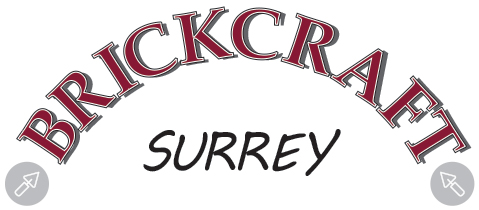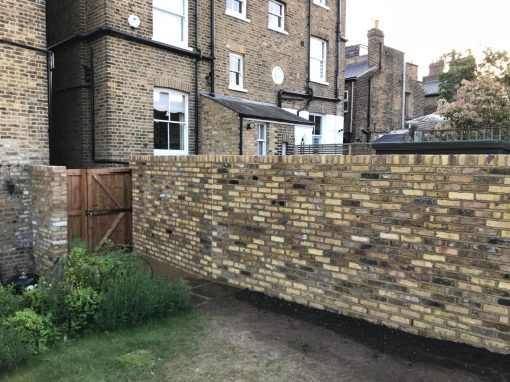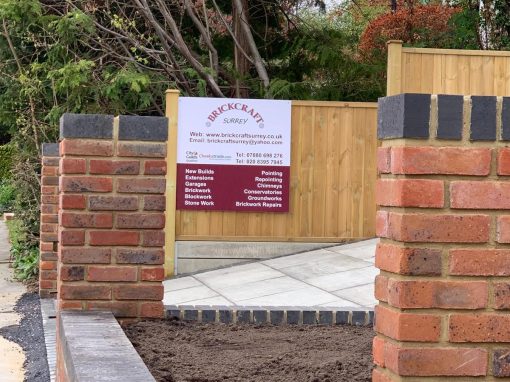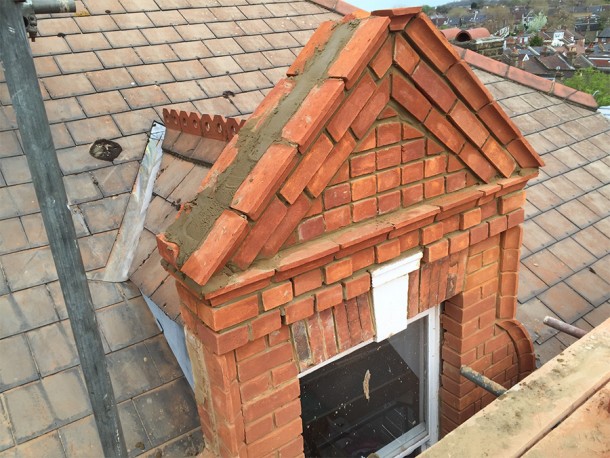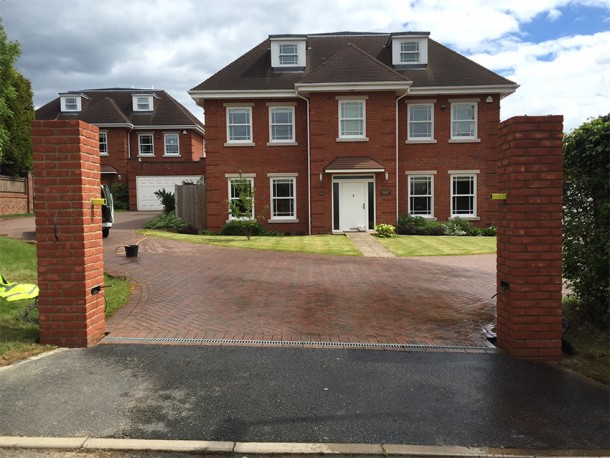Repointing in Angmering is a crucial aspect of maintaining the structural integrity and aesthetic appeal of its buildings. Situated amidst the stunning countryside of West Sussex, Angmering’s architectural heritage is exposed to various environmental factors such as rain, wind, and temperature fluctuations.
The village boasts a rich historical background, with landmarks like St Margaret’s Church and Angmering Manor reflecting its heritage. To preserve these cultural assets, repointing plays a vital role. Skilled craftsmen employ traditional techniques and locally sourced materials to ensure authenticity while strengthening against weathering and decay.
In residential areas such as Roundstone and East Preston, repointing addresses common issues like water ingress and dampness, which can compromise the comfort and stability of homes. By restoring mortar joints, homeowners safeguard their properties from moisture penetration, reducing the risk of structural damage and mould growth.
Additionally, repointing contributes to Angmering’s visual appeal by maintaining the character of its historic and period properties. Skilled artisans carefully match mortar colours and textures to harmonise with existing brickwork, enhancing the village’s architectural cohesion.
The repointing process begins with a comprehensive assessment of the building’s condition, identifying areas of deterioration and potential vulnerabilities. Before repointing, surfaces are meticulously cleaned to remove debris and old mortar, ensuring optimal adhesion for the new mortar.
Craftsmen then apply fresh mortar to fill the joints, paying close attention to detail to achieve a uniform finish. The choice of mortar depends on factors such as building age, location, and architectural style, with lime-based mortars often preferred for their compatibility and breathability.
